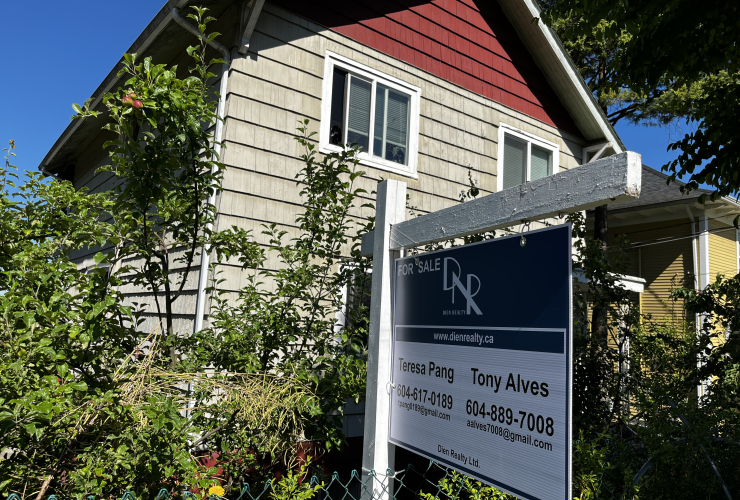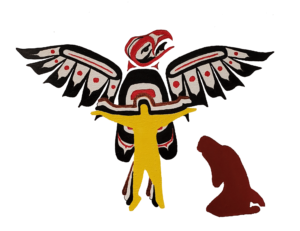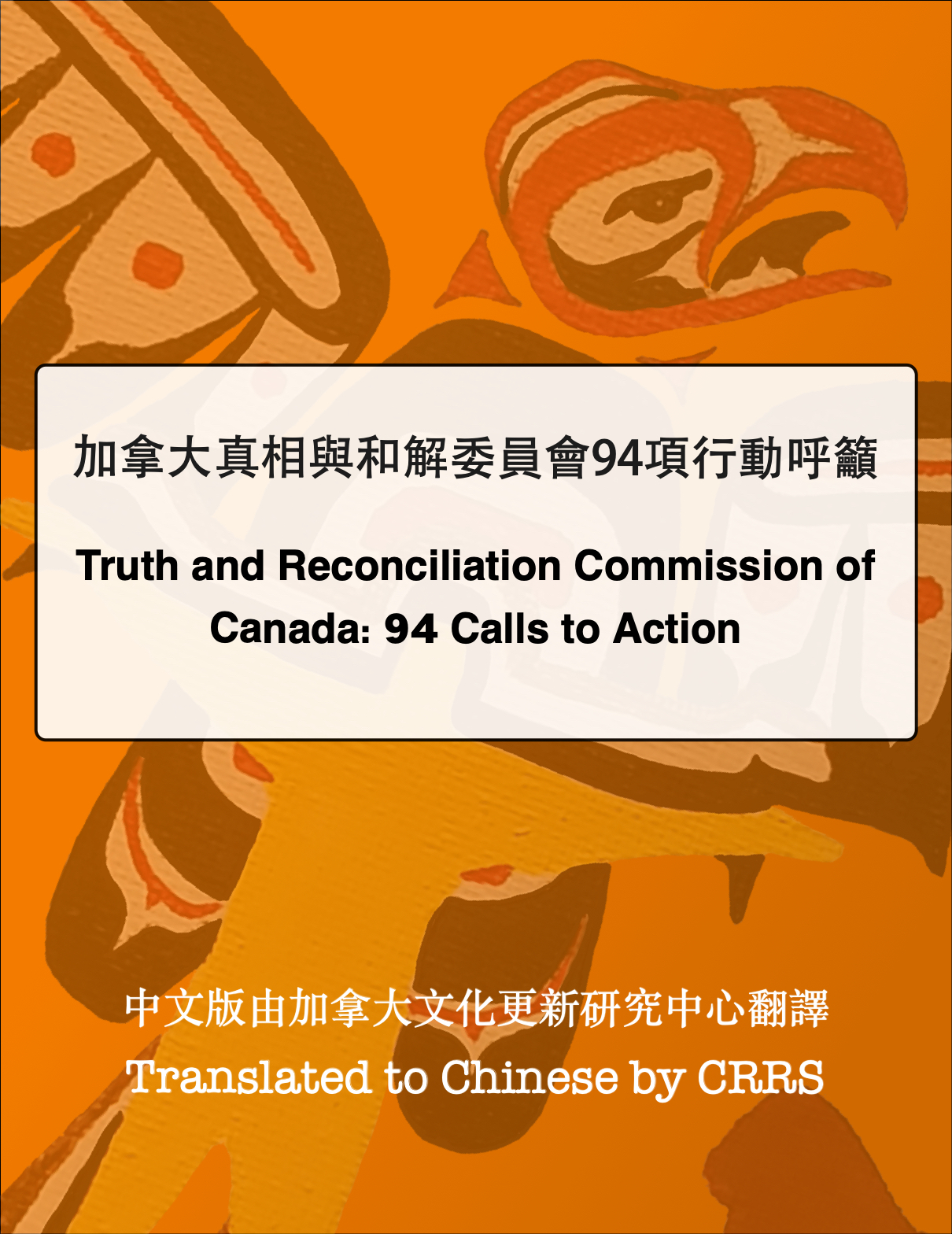When Esther Leung-Kong arrived in Canada in the 1990s, she learned nothing about the histories of the indigenous peoples on these lands. It wasn’t until she was 18 that she met two grandmothers from the Blackfoot Nation who were residential school survivors.
“When they shared their story with me, I was very surprised. I didn’t know this was happening when I was an immigrant kid,” Leung-Kong said. Canadian National Observer.
Since then, Leung-Kong’s passion has been to educate his community. Now, the non-profit organization she works for has translated the 94 calls to action of the Truth and Reconciliation Commission (TRC) into traditional Chinese characters. The BC based Cultural Regeneration Research Society says the translation was written as an act of reconciliation with indigenous peoples.

Leung-Kong, manager of the outreach ministry and coordinator of the project, says the translation will help overcome the language barrier, especially for older immigrants who did not have access to public education on indigenous histories. There is a lack of resources in the Chinese community to provide education on indigenous cultures and reconciliation, Leung-Kong notes.
“We launched this because I understand the difficulty of learning something in English,” Leung-Kong said. Canadian National Observer. “Immigrants absorb information much more easily in their own language because they grew up with their own mother tongue.”
Leung-Kong says that Cantonese and Mandarin speakers collaborated on the translation, but some terms, such as “the Crown” and “treaties” could not be translated and were given Chinese characters in the text.
what people are reading

The translation comes on the heels of last year’s changes to oath of citizenship that recognize and affirm the treaty rights of First Nations, Inuit and Métis. The new wording was a response to the TRC’s 94th Call to Action to update the Oath of Citizenship.
The federal government is also taking steps to comply with number 93, which calls on the government to revise the information kit and citizenship test to reflect the diversity of indigenous peoples.
The government is preparing a revised study guide and materials and a new citizenship kit, but no launch date has been set. A Pre-Departure Guide for Newcomers to Canada workbook that includes content on indigenous peoples’ culture, histories and reconciliation is available in English and will be translated into French and 14 additional languages.
“As immigrant settlers, we are very blessed here to be on this land, and the indigenous peoples have been the stewards of this land. We should know about the story.” #TRC #Reconciliation
Until Call 93 is addressed, it is left to non-governmental organizations such as the Cultural Regeneration Research Society to respond to Canada’s need for nation-to-nation collaboration on reconciliation.
The translation is part of a larger educational project led by Leung-Kong called rising eagles which includes film screenings, a podcast, and workshops to educate the Chinese community about indigenous stories.

Elmer St. Pierre, national chair of the Congress of Aboriginal Peoples (CAP) in Ottawa, is encouraged by the new access for newcomers and immigrants to learn about reconciliation in their own languages, particularly in urban settings where immigrants and indigenous peoples live side by side. side.
“CAP is excited to see newcomers learn about our rich history and culture. Many new Canadians begin their lives in urban centers where most indigenous peoples now live. Education and understanding are cornerstones that help lay the groundwork for reconciliation,” said Chief St. Pierre. Canadian National Observer.
Leung-Kong stresses the importance of immigrant communities having educational materials on indigenous stories in their own language.

“As immigrant settlers, we are very blessed here to be on this land, and the indigenous peoples have been the stewards of this land. We should know about the story,” says Leung-Kong.
“There is a lot of work to be done, for our organization in the Chinese community, but also for other immigrant communities,” says Leung-Kong. “I encourage you to take consistent, long-term, and meaningful action, and not just a one-time event. It must be a commitment to walk together with the indigenous communities since we are neighbors”.
